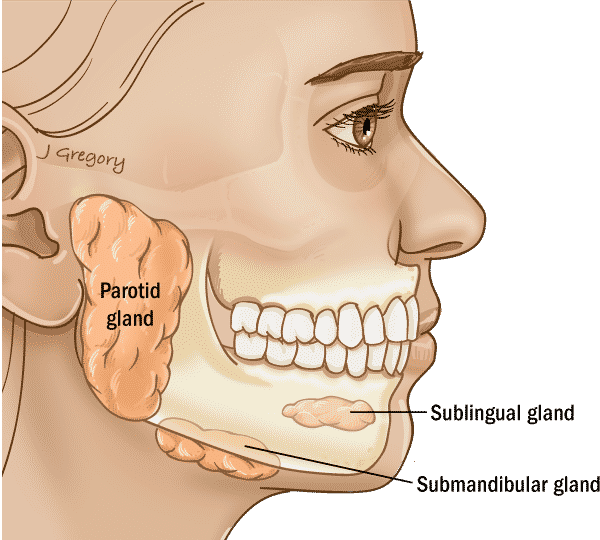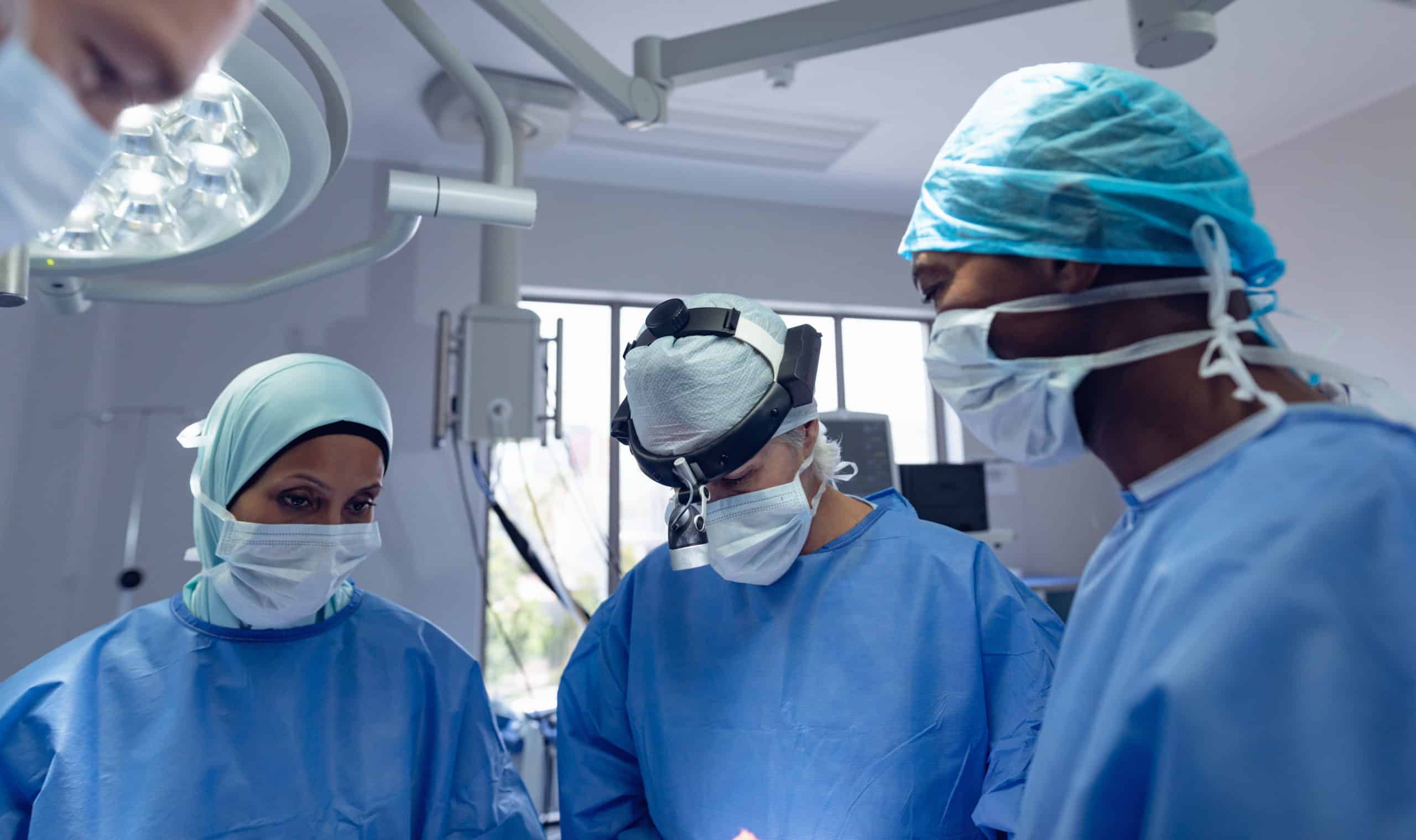
A submandibular gland resection is the removal of the submandibular gland, which is located in the neck just underneath the jaw. This surgery is performed for a variety of reasons including chronic infectious or inflammatory disorders of the gland, or for removal of a tumor growing inside the gland or the surrounding lymph nodes.
Preparing for Surgery
Doctors will give their patients specific instructions regarding what to do before surgery. In general, patients should not eat or drink anything (except essential medications) after midnight the night before surgery. Patients should tell their doctor if they begin to feel sick before surgery.
What to Expect
On the day of surgery, the patient will likely be asked to arrive at the hospital a few hours before the scheduled operation. During this time, nurses will check the patient in and anesthesiologists will ensure that everything is safe for general anesthesia. The surgeon will also come see the patient to review the plan and answer any last minute questions.
The patient will be completely asleep under general anesthesia for this procedure. The incision will be made in the neck just below the jaw within a natural skin crease. At the end of the procedure, the surgeon may place a small drain to remove any blood or fluid that might accumulate in the space created by removing the submandibular salivary gland. Pain is usually very minimal following this surgery.
Recovery & Aftercare
The recovery course will depend on the extent of the surgery and any associated procedures performed at the same time. The patient will usually go home the same day as surgery or after one night in the hospital.

Risks
As with any operation, submandibular gland resection has certain risks, including: bleeding, seroma (collection of normal body fluid in the neck), infection, sensory disturbance to the tongue, problems with tongue movement, and facial nerve injury.
- Bleeding (including Hematoma)
If there is severe bleeding after the procedure, the surgeon might need to quickly take the patient back to the operating room to stop the bleeding. However, some mild bleeding or small blood collections under the skin (hematomas) can be observed. - Seroma
This is a collection of normal body fluid in the neck that occurs after a surgical procedure. If a drain is placed, it will often remove this serous fluid. However, a seroma can occur after the drain is removed. This can be treated with observation, as the body will usually resorb it, or repeated needle aspiration to drain the fluid. - Infection
With any surgical procedure, there is a risk of an infection. This might require antibiotics and/or drainage of the infection. - Sensory or Motor Disturbance of the Tongue
The lingual nerve runs in the submandibular triangle, the area where the submandibular gland is located. It supplies sensation to the front part of the tongue. There are 2 lingual nerves, one on each side of the neck. It can rarely be injured during surgery because of its close proximity to the gland. Another paired nerve, the hypoglossal nerve, controls the movement of half of the tongue. This nerve is also adjacent to the deep surface of the submandibular gland and can potentially be injured during surgery. - Facial Nerve Injury
The marginal mandibular branch of the facial nerve runs directly over the submandibular gland. Damage to this nerve would result in temporary or rarely permanent paralysis of half of the lower lip. It usually manifests as a weakness in the depressor function of the lower lip which leads to asymmetry when smiling.

Top Questions for Your Doctor
Access our list of the most important questions to ask your physician at your next appointment.











